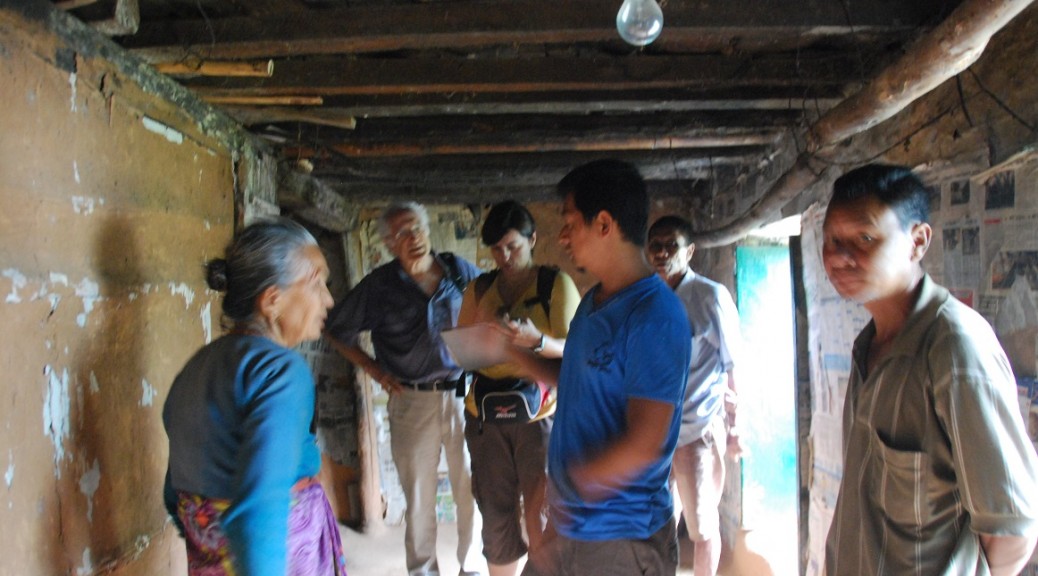Mònica Sans, Coordinator of Bhimphedi AWASUKA, Housing Improvement Program:
July 2015
After two years I am back in Bhimphedi. The first feeling is as if I had left yesterday, but many things have changed: some children have left and some have arrived to Balmandir, Dani is living here since last fall and he’s making lots of improvements, some of the villagers have left and some new inhabitants have arrived… but certainly, the most remarkable thing is that Bhimphedi has lived an earthquake; the most violent in Nepal for the past 81 years.
This is the reason that has brought me back to Nepal, with a very different aim than in my previous visits. I travel with two architects specialized in cooperation: Pedro Lorenzo, from CCD-UPC and Emma Ferrer from Base-A. During fifteen days we follow the guidelines of Pedro, intending to identify the state of the buildings in Bhimphedi, the will of the central government regarding housing reconstruction and the social organization of the village. All in all, to see the possibilities of developing a program of reconstruction in that area.
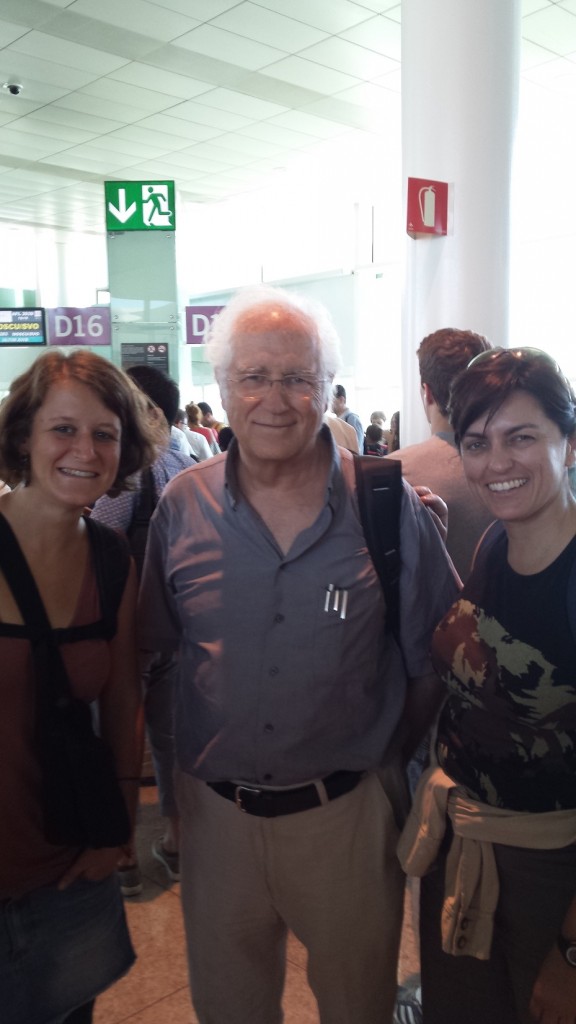
Dani meets us when we arrive to Kathmandu. He left his beloved Bhimphedi to accompany us during the trip and all the visits and meetings we did. He is going to be a key member of the project because he’s staying in Bhimphedi and can easily do the economic management. He knows the town, its people, the Nepalese society and its language, and this will make things much easier.
From inside the taxi that picks us up from the airport, we are surprised to see that the city is not that affected by the earthquake as we expected. The media is only showing images of historic centers seriously affected, but there are many new areas that have withstanded the earthquake without problems. When we get to our hotel, we realize that Dani has taken us to Geeta’s home, the accountant of Amics del Nepal. Very generously, she and her family have offered to host us in their home during the days that we will stay in the city.
The two days we spend in Kathmandu go by very fast. We’ve done some many things that it feels we’ve been a week in the city. We visit the Health Center of AN, the Maijubahal stupa, the Boudhanath neighborhood, we meet with NSET (Nepal Society of Earthquake Technology) with Bhupendra Pradhan and Juanjo Rodriguez, with people of Petit Món and with Dani Tejedor (architect who collaborates with them), with the Rotary Club Kantipur, etc … All our meetings are very interesting, there is great interest in collaborating to work in a more coordinated way. Between meetings we find a moment to see one of our kids that came out of Balmandir this year: Ashok Siwakoti. He seems to be adapting fairly well to his new life in the city and we are very pleased that Bhuphendra has helped us with his accommodation.
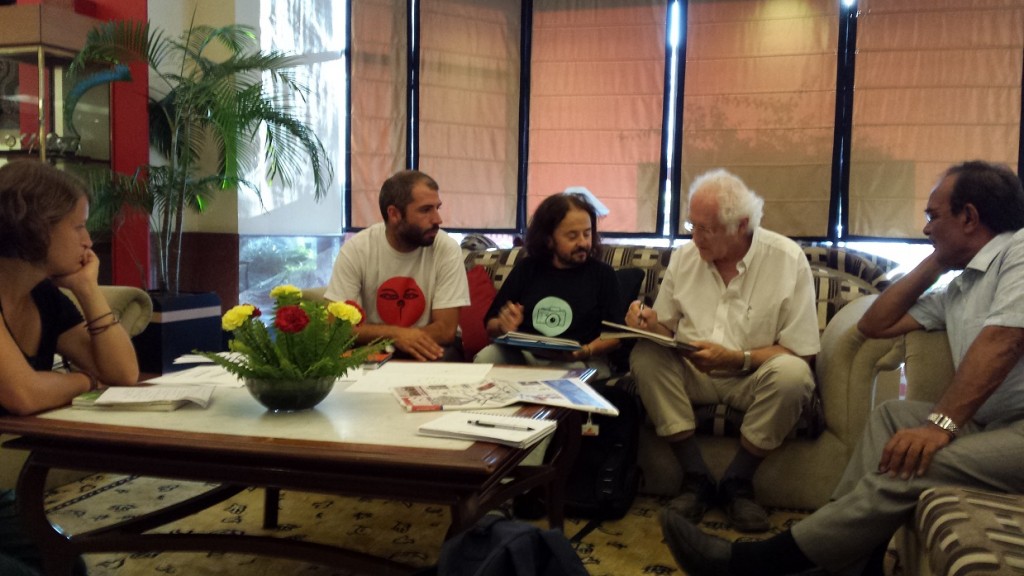
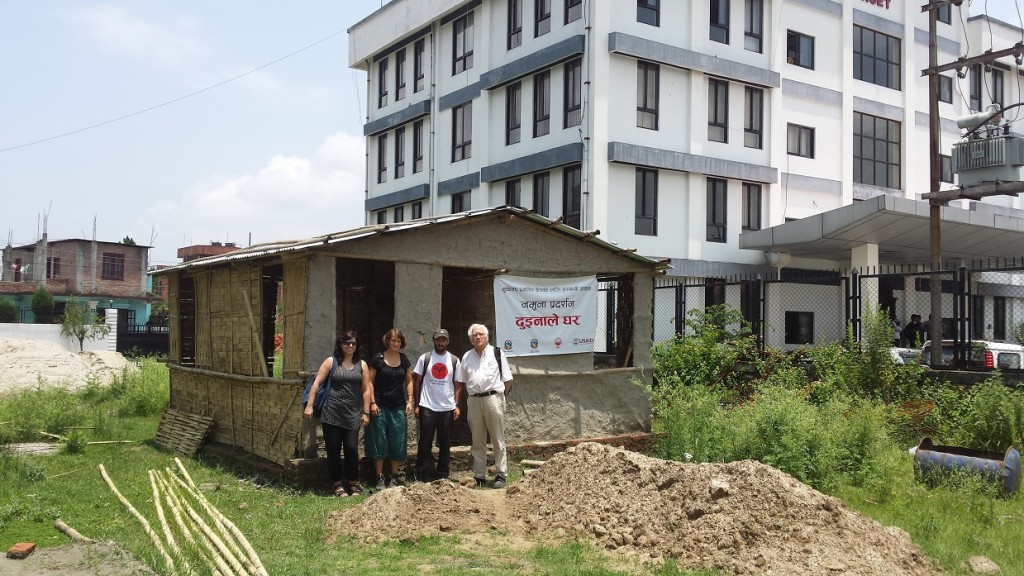
Finally, the day to go to Bhimphedi arrives. Excitement and nerves are enormous.
The trip runs smoothly and at midday we reach the village. After installing in Bhuphendra’s house and saying hello to a few people, we go to Balmandir. Pedro and Emma are very curious to see how it will be like, because they have never been in an orphanage before. To their surprise, they find it a much more lively and beautiful place than they imagined. We are delighted with the human warmth of the children and staff. The kids talk to me like if I was here yesterday, even asking for the song “Water paani.” I am surprised to see that although it has been two years, they still remember it and have so much interest in singing. Without even realizing it, I find myself in the games room, playing the ukulele and singing with a few fans. Then some of them take me to walk around the orphanage to see the news in the house: ducks, chickens and poultry, agarden with more vegetables than ever, the future house of the buffalo, the “cinema”, etc … It is very gratifying to see all this improvements: Dani bravo!

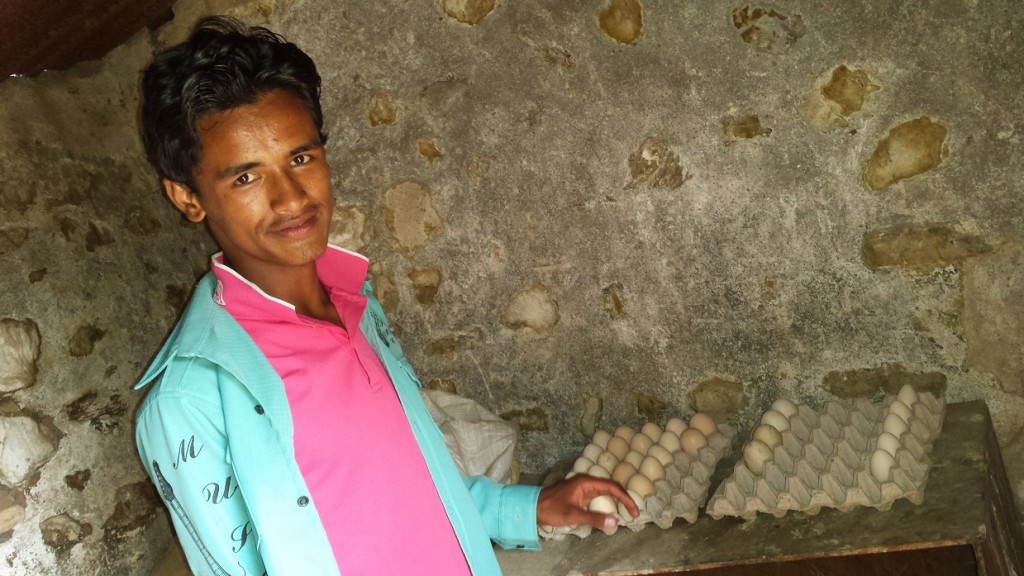
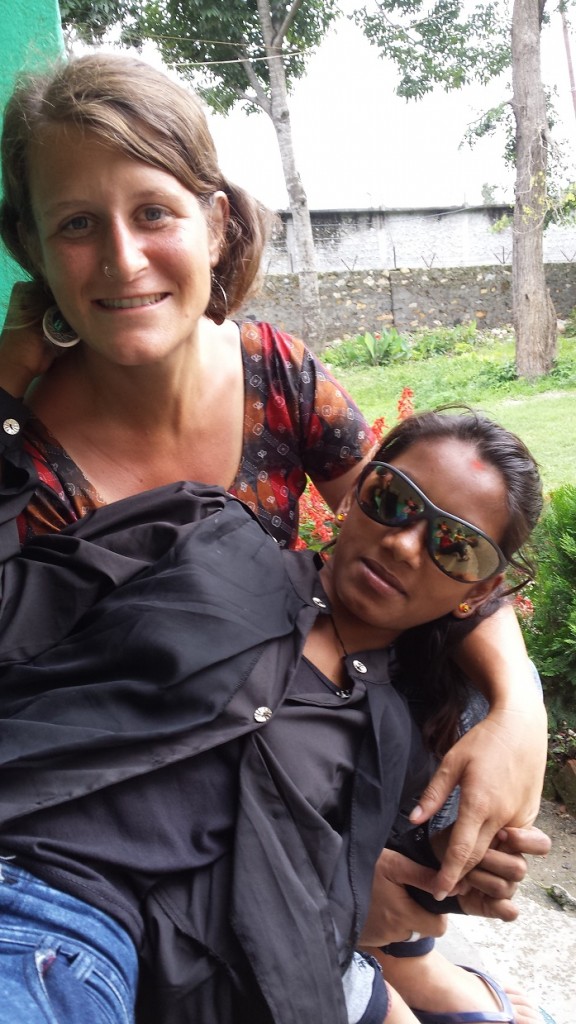
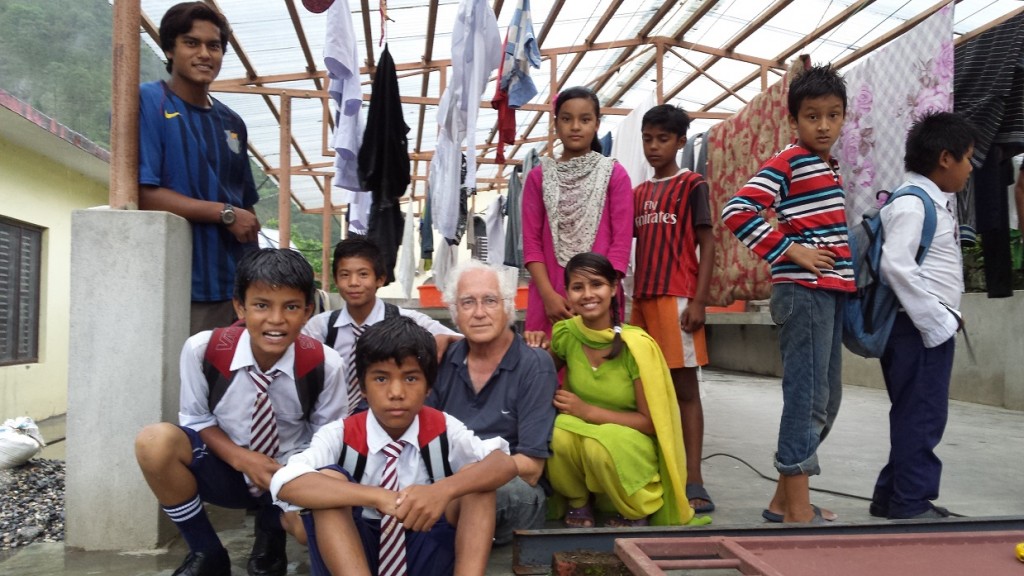
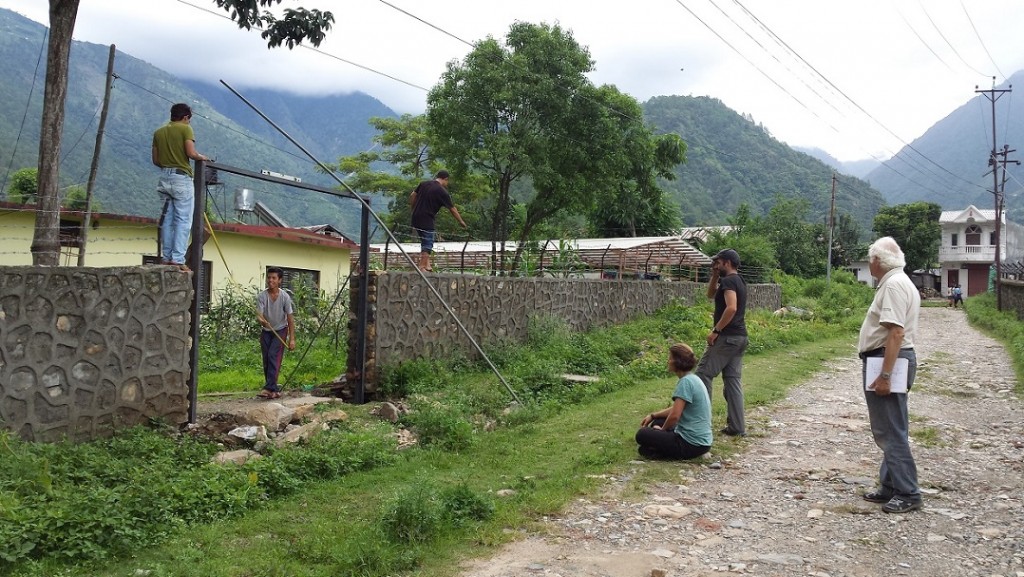
The following days at Bhimphedi we work hard: visiting houses of various wards and meeting with various people and organizations in the village. The members of the VDC (Village Development Commitee), the committee 3E, the women’s association, the agricultural cooperative, etc … During the visits we see all kinds of houses: totally demolished, partially affected and not affected. Luckily, the earthquake has left only material losses in Bhimphedi and no victims to regret. But the organizational level is very poor. No mayor, the secretary of the government has arrived recently and the people are in a state of total vulnerability without knowing what to do with their homes. When we arrive, the engineer of the government has reviewed all the houses Bhimphedi Area, making his diagnosis… But it seems that many don’t agree with the cataloging of their houses.
Despite the disorganization of the government, we are pleasantly surprised to find the people from Agragaami Cooperative very well organized and eager to do things. We have several meetings with them to see if they would host a Housing Improvement Program, and they respond very favorably. This is certainly one of the more positive results of our trip if ID: finding a local partner who has an interest in hosting the program.
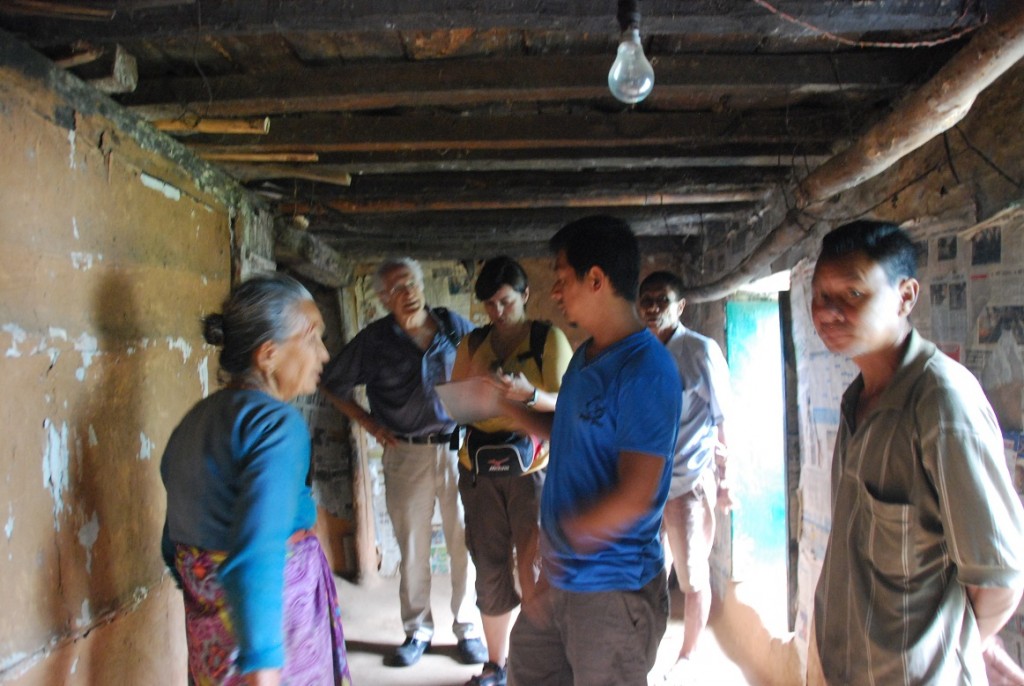
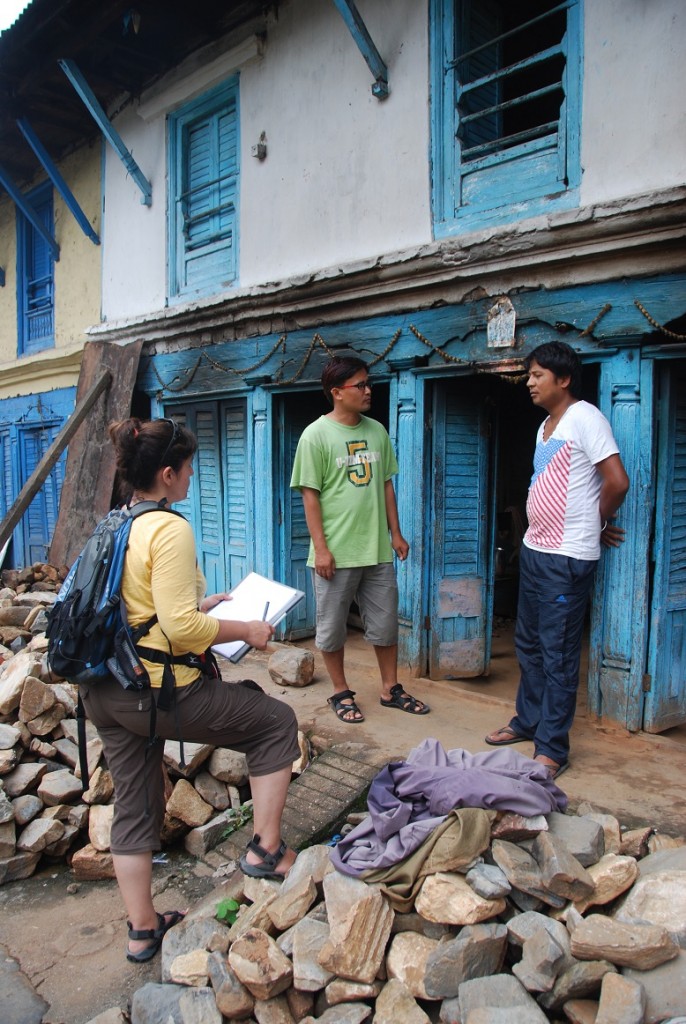
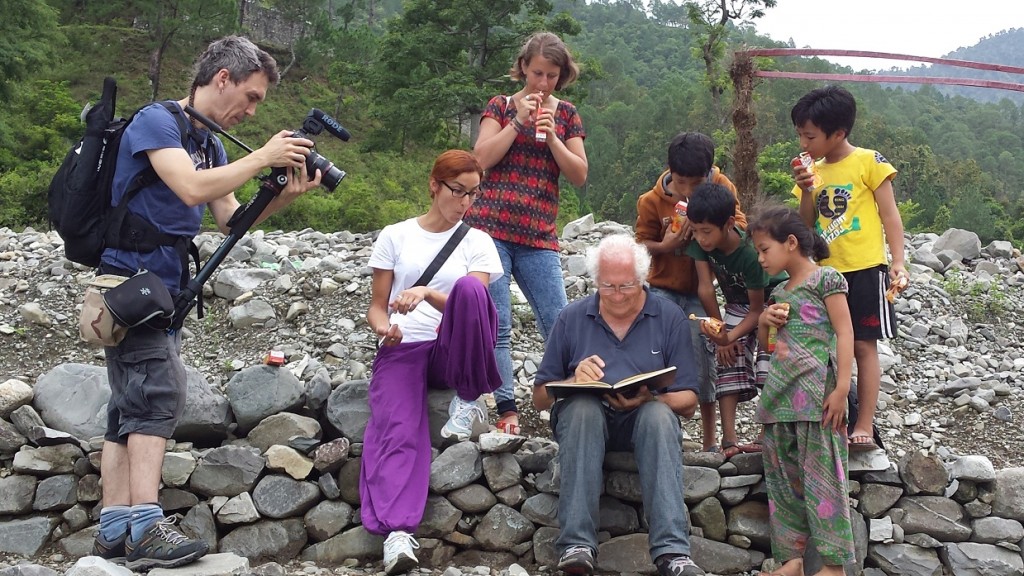
![image[2]](http://amicsnepal.blog.pangea.org/files/2015/10/image2-1024x744.jpg)
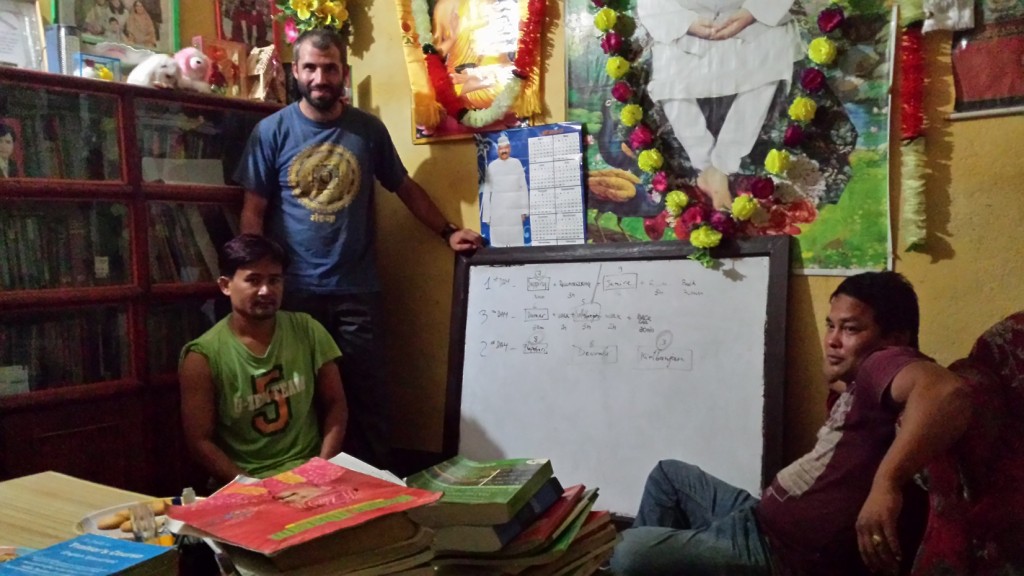
One day before leaving Bhimphedi there is a tree planting ceremony in the new sports ground of Bhimphedi, which was inaugurated on the day of the quake. There are many members of the Rotary Club of Kantipur led by Bhuphendra, who wants to propose us one more work. They want to build a new sports facilities building next to the sports ground and they ask if it could be one of our earthquake safe prototypes. Juanjo says he is encouraged to get the funding for that, but we all agree that before there is a lot of work to do helping needy families who have no home. But we want to include this in our program.
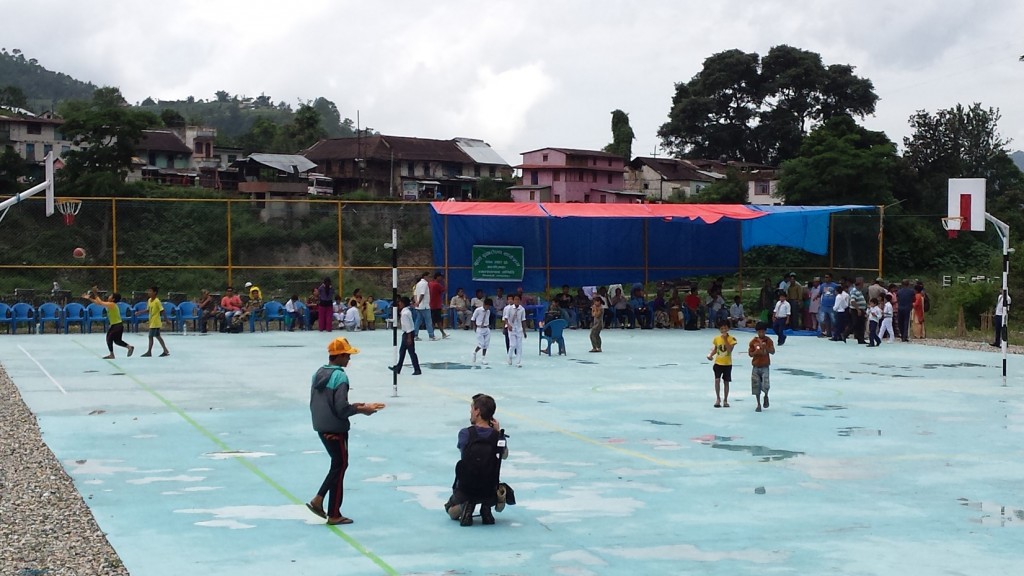
We finally go back to Kathmandu, where we still have some meeting left with Brian Peniston, Rabindra Puri and the president of NEA (Nepal Engineers Association). We also visit Naresh and Pemba, two boys that left Bhimphedi a couple of years ago and now they are studying and working thanks to the project Young of Amics del Nepal. It makes me happy to see how the boys are living on their own thanks to their own efforts, but also thanks to the support and good advice of Dani who is their tutor.
To end the trip, we visit Thamel, Durbar Square and Bhaktapur. For the first time throughout our stay, we see the devastating effects of the earthquake: it is impressive to see the huge destruction that can be caused in few seconds… it is different to see the images on television than to be in the middle of that.

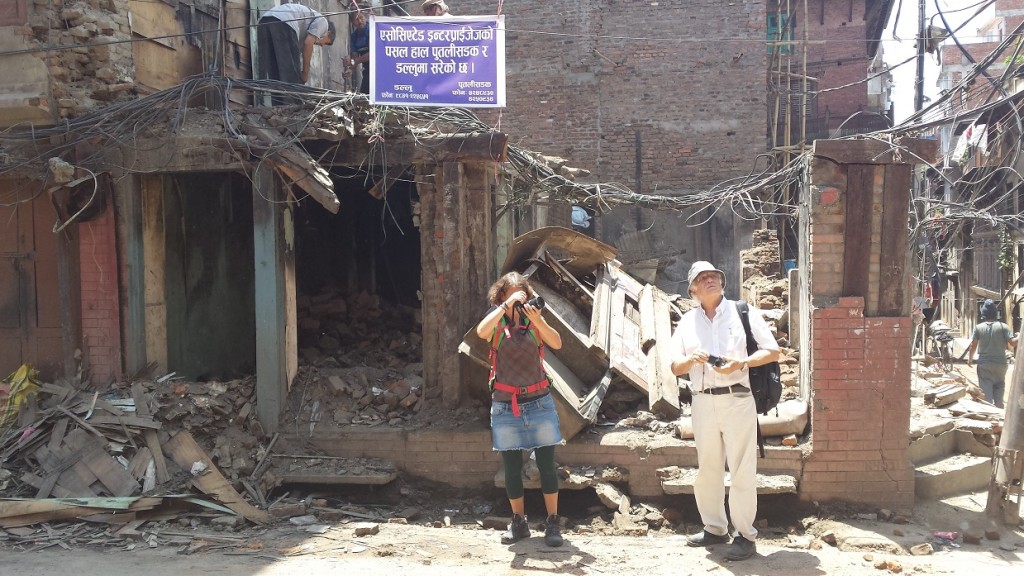
September 2015
As I write these lines it has been two months since we returned from Nepal. It seems unbelievable … It has been very exciting to remember our adventures during those two intense weeks. I promised to Dani to write this text when I was back in Barcelona, but the truth is that I have been unable to do it earlier. Upon arrival, the team of architects has been involved in the preparation of a report of almost 100 pages, led by Pedro. Among other things, we were ordering all the documents of the houses visited and placing them on Google Maps. An overwhelming work … but it will be very useful to start with the work of the housing cooperative in Bhimphedi. (In this town, and almost all Nepal, there are no plans of municipal plots or numbering of houses or anything like that, and we thought that using Google Maps platform would be a good initiative to begin ordering that).
In early September we had a joint meeting of Amics del Nepal. Pedro, Anna Altemir (founder of Base A) and me were explaining the program to improve the way of building new houses and the possibility to replicate the project in other communities. The project was very well received; we can officially announce that Amics del Nepal will work on it. Now we just need to know the resolution of Caldes Solidaria NGO, covering 50% of this adventure … Once we know, we can say that the first phase of the program is approved (until the end of February).
Currently the team is defining architectural prototypes of earthquake resistant buildings, collaborating with specialists in structures. The first team of architects that will begin building prototypes will travel in mid-October to Nepal.

And finally, the name of the program is AWASUKA. The initial letters of the words: Sudhir Aawaas Karyakram, which means “Habitat Improvement Program” in Nepalese. It was hard to find this name, especially to find an equivalent to the word “Habitat” in Nepal… but thanks to Hem Adikhari (one of our boys of Bhimphedi Youth Program), we succeeded!
Before concluding, I want to give my personal thanks to a great team of people: Pedro Lorenzo (CCD-UPC) and Emma Ferrer (Base-A) for being fantastic traveling companions; to Anna Altemir (founder of Base A) being an excellent coordinator of this team, to Andrea Llanas and Andrea Valeria Cid (Base-A) for being tireless workers and always in a good mood, to Berta Marin (Base A) who has joined us a few days helping with the files, to Ines Garcia (specialist in structures and friend) as a new addition in consultancy. And in Nepal to Mikel Zubiaga and Nerea Gezuraga, who helped complete some missing pieces. A special thanks to Dani Roig, who besides making an impressive job in the orphanage, has been greatly involved in the project AWASUKA and is one of our most important props.
Thanks also to the team of translators Marta Masip, Elisenda Mitjá, Rocío Moreno and Andrea Mauri that have translated the notes of Pedro. And the volunteers of Bhimphedi: Mar Úbeda, Laura Conde and Isabel Valero (future volunteer) to be always willing to help with translations of posts and other things! 😉
To all of them: THANK YOU VERY MUCH FOR YOUR INVOLVEMENT. As Pedro Lorenzo said during a meeting of Amics del Nepal “Bhimphedi hooks!”.
